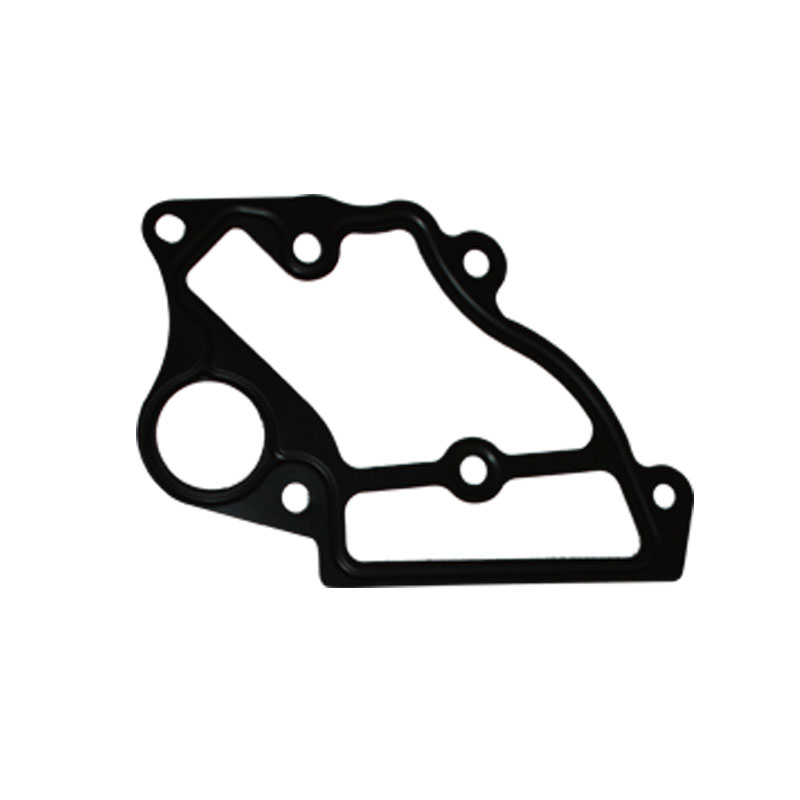Exploring the Differences Between O-Rings and X-Rings for Sealing Applications
Understanding O-Rings and X-Rings Essential Components for Sealing Solutions
In various industries, sealing solutions play a crucial role in ensuring the efficiency and durability of machinery and equipment. Two popular types of sealing elements are O-rings and X-rings. Both serve the fundamental purpose of preventing fluid or gas leakage, but they have different designs and applications that can make one more suitable than the other depending on the circumstances.
What Are O-Rings?
O-rings are circular seals that have a round cross-section, resembling the letter O. They are one of the most commonly used sealing devices across various industries, including automotive, aerospace, and manufacturing. O-rings are made from a wide range of materials, from rubber and silicone to more advanced materials like fluorocarbon and ethylene propylene diene monomer (EPDM). The material choice often depends on the operating environment, including temperature fluctuations and exposure to chemicals.
The design of O-rings allows them to be compressed between two mating surfaces. When compressed, O-rings create a tight seal that effectively prevents fluids or gases from escaping. This simple yet effective design can be utilized in dynamic sealing applications (where there is relative motion) as well as static applications (where there is no movement). O-rings are robust and relatively easy to install, which contributes to their widespread use.
What Are X-Rings?
X-rings, also known as quad rings, are similar to O-rings but have a distinctive design with a cross-section that resembles the letter X. This unique shape consists of four lobes instead of the two of an O-ring. The added lobes allow for a larger sealing surface area, which can improve the effectiveness and reliability of the seal. X-rings can be made from the same materials as O-rings, offering versatility in their application based on specific requirements.
One of the primary advantages of X-rings is their ability to provide improved reliability in dynamic applications. Their design allows for better fluid control, which helps minimize wear on equipment and reduces the risk of leakage. They generate less friction than traditional O-rings when exposed to movement, making them suitable for high-speed applications or where rotational motion is involved. Additionally, the X-ring's shape helps it maintain its position within the groove, which can further improve the seal's integrity.
o ring x ring

Comparing O-Rings and X-Rings
When deciding between O-rings and X-rings, several factors should be considered
1. Application Type O-rings are versatile and can be used in both static and dynamic applications. In contrast, X-rings excel in dynamic environments due to their reduced friction and improved sealing capabilities.
2. Material Compatibility Both O-rings and X-rings can be made from various materials suited for different operating conditions. It's essential to select a material that can withstand the specific chemicals, temperatures, and pressures of the application.
3. Installation O-rings are generally easier to install and are widely recognized in a variety of industries. X-rings require precise installation to ensure their performance, especially in dynamic scenarios.
4. Performance X-rings can outperform O-rings in high-speed applications due to reduced friction, but for applications that do not involve motion, O-rings may suffice.
Conclusion
Both O-rings and X-rings are essential components in sealing technology, offering unique advantages depending on the specific needs of an application. Understanding these two types of seals allows engineers and designers to select the best solution for their challenges. While O-rings are favored for their simplicity and versatility, X-rings provide enhanced performance in dynamic settings. Ultimately, the choice between them will rely on factors such as application type, environmental conditions, and performance requirements, ensuring reliable and efficient operation across various industries.
-
Simplifying Oil Changes: A Comprehensive Guide to Oil Drain Plugs and Their Variants
News Aug.04,2025
-
Mastering Oil Drain Maintenance: Solutions for Stripped, Worn, and Upgraded Oil Plugs
News Aug.04,2025
-
Fixing Oil Pan Plug Issues: Leaks, Stripped Nuts, and the Right Replacement Solutions
News Aug.04,2025
-
Everything You Need to Know About Oil Drain Plugs: Sizes, Fixes, and Upgrades
News Aug.04,2025
-
Choosing the Right Oil Drain Plug: A Guide to Sizes, Materials, and Drain Innovations
News Aug.04,2025
-
A Complete Guide to Automotive Drain Plugs: Types, Problems, and Innovative Solutions
News Aug.04,2025
-
The Ultimate Guide to Car Repair Kits: Tools and Essentials Every Driver Should Own
News Aug.01,2025
Products categories















